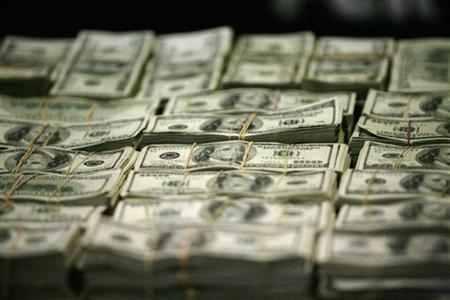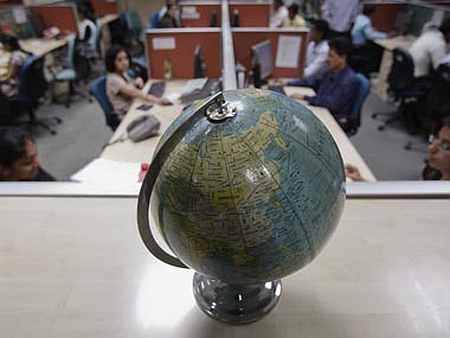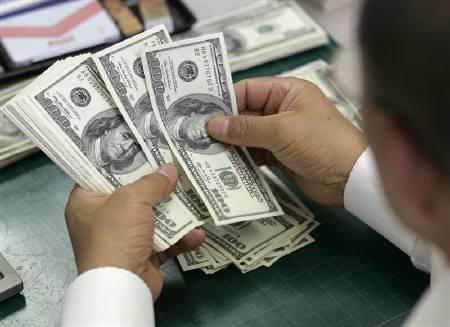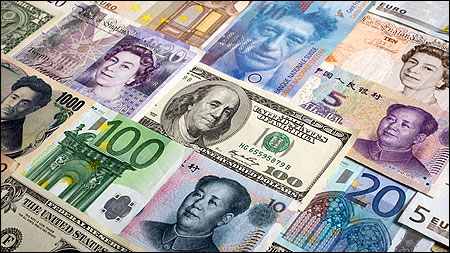 | « Back to article | Print this article |
Despite stalled reforms, FDI inflows rise 34% in 2011-12
While the government reels under severe criticism for not taking adequate measures to open a few sectors to foreign direct investment (FDI), hurting the sentiment of foreign investors, the inflow into the country in the last financial year belies these comments.
In 2011-12, FDI rose 34.4 per cent to $46.84 billion, compared with $34.84 billion in 2010-11 and $37.74 billion in 2009-10, according to data from the Department of Industrial Policy and Promotion.
Experts say the rise in FDI inflows is due to the fact that India remains a preferred investment destination, but this trend may not continue for long and moderation may take place this financial year. This is because there was less negative news from across the globe at the beginning of the previous financial year, compared to the current one.
Click NEXT to read more...
Despite stalled reforms, FDI inflows rise 34% in 2011-12
"The rise in FDI equity inflows in the previous financial year, compared to the one earlier, was because of some big-ticket deals, especially in the chemical and oil & gas segments. Besides, strategic and financial investors continue to evaluate and explore opportunities in both greenfield and brownfield sectors," said Akash Gupta, executive director (regulatory services), PricewaterhouseCoopers.
He, however, added the momentum might not continue, as currently, the global economic environment remained subdued and uncertain, and capital was scarce.
"Due to limited availability of long-term capital, interest rates have peaked and inflation remains at an all-time high. Under such circumstances, attracting foreign investment for any country remains a challenge. Investors would not want to commit large capital investments. They would, instead, tend to park these in asset classes with low-risk sectors," Gupta said.
Click NEXT to read more...
Despite stalled reforms, FDI inflows rise 34% in 2011-12
N R Bhanumurthy, economist, National Institute of Public Finance and Policy, said, "It is true FDI inflows have seen a tremendous rise in the last financial year. This is one indicator that still supports the argument that the macro fundamentals in India are strong, despite a so-called 'policy paralysis'.
In other words, India's long-term outlook is strong, though in the short term, there is some erosion of confidence, which is visible in the outflow of short-term foreign capital. The first half of 2011-12 was much better compared to the second, when all the negative factors had smoothened FDI inflows to some extent."
He added 2011-12 had started on a positive note, with many agencies forecasting a growth of about nine per cent. The Union Budget had also proposed to achieve a better fiscal deficit than that targeted by the 13th Finance Commission.
Click NEXT to read more...
Despite stalled reforms, FDI inflows rise 34% in 2011-12
"Going forward, India may not attract as much FDI as that in FY12 because of the worsening crisis in the euro zone, the subdued investor sentiment and the decision to relook at Mauritius as the biggest source of FDI. Besides, recent decisions on tax laws in the Budget would hamper investor sentiment in the short term," he said.
Experts said this year, the government would focus on attracting foreign institutional investors to arrest the depreciation of the rupee against the dollar, due to which FDI equity inflows might not get the necessary push, unless large-scale reforms in multi-brand retail and aviation take place.
Rajiv Kumar of the Federation of Indian Chambers of Commerce and Industry said while standalone FDI inflows were increasing, capital inflows were not as robust.
Click NEXT to read more...
Despite stalled reforms, FDI inflows rise 34% in 2011-12
He also pointed to the decline in the share of foreign direct investment, as a proportion of gross fixed capital formation (GFCF).
The ratio of FDI to GFCF stood at about three per cent in 2003-04, which rose to 10 per cent in 2008-09. It stood at about 5.9 per cent in 2010-11. However, in 2011-12, the ratio rose to 12.43 per cent.
According to Ved Jain, chairman of the Associated Chambers of Commerce and Industry's national council on direct taxes, about 56 per cent of foreign investment into India comes from Mauritius, Singapore and Cyprus. This could be severely hit, he said.





